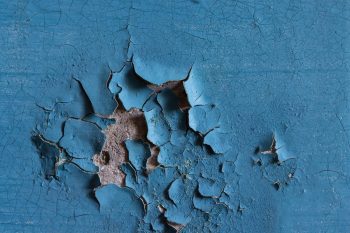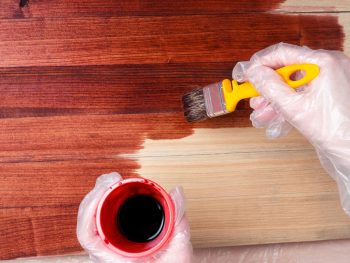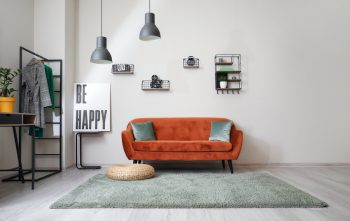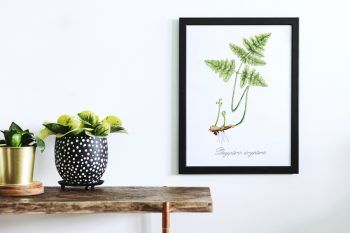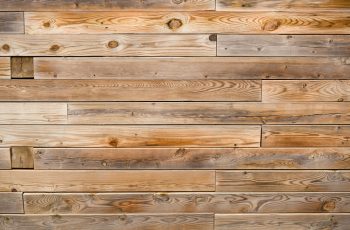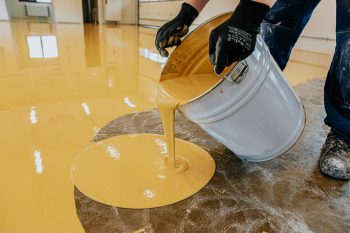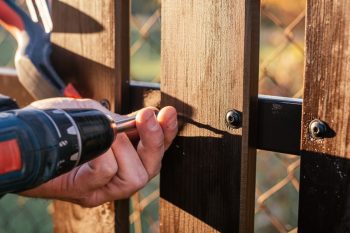
Are you skating across your hardwood floors like Tom Cruise in Risky Business? While that sounds fun, it could also pose a slipping hazard.
Keep reading and learn how to turn that skating rink back into beautiful, functional hardwood flooring.
There are a few things that could make your hardwood flooring suddenly slippery. There could be a build of cleaning agents on the surface of the flooring. Wet flooring and wet socks or shoes also make hardwood floors slick.
If dust and debris accumulate, they can make your flooring feel slippery. Keep your floors clean to keep them from getting too slick.
If simple cleaning steps don’t take care of things, there are antiskid treatments to consider. Refinishing your hardwood floors is another option if all else fails.
Let’s take a look at what’s making your hardwood floors slick. Then, let’s discuss how you can keep from getting too slippery again. We will discuss more involved, long-term solutions if these solutions don’t work.
Slippery When Wet
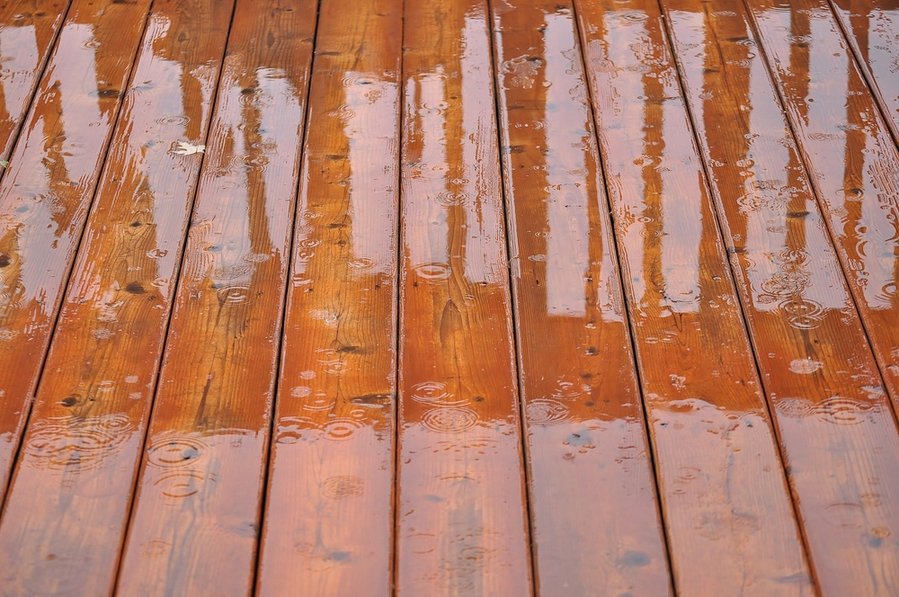
Check your floor to see if it’s wet. Maybe your dog rolled around in a puddle outside and brought that water in with him.
Do you have kids? Kids are notorious for bringing unwanted things into your home. They bring home coughs from daycare, cheap toys from take-out meals, and all sorts of things they discover outside. Including wet shoes from rain or snow.
The best way to take care of your flooring is to clean it up.
How To Clean and Dry Slippery Floors
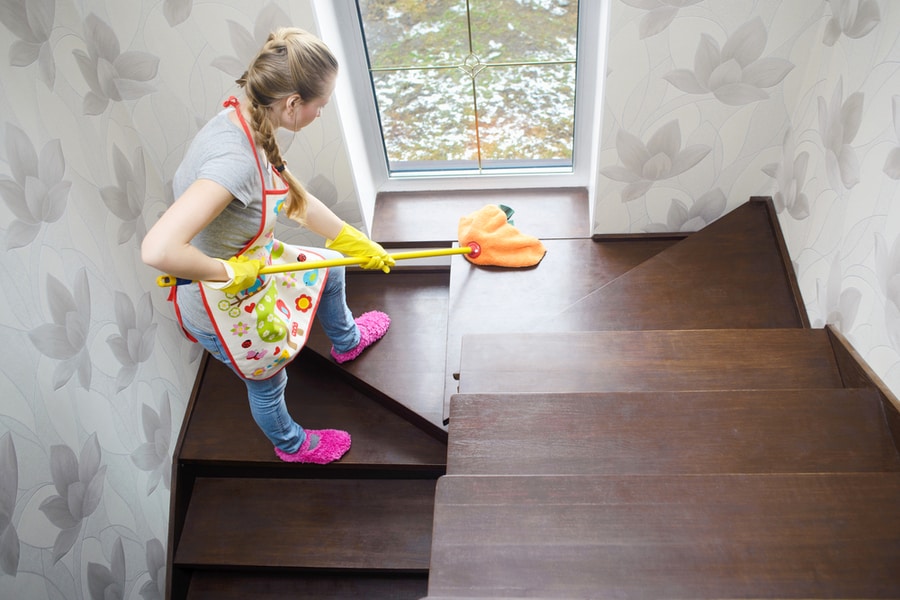
Keep your hardwood clean to avoid that slippery sensation. Built-up dust and debris can make your flooring feel slippery. So can wetness. Here are the best practices to follow to keep your floor clean.
First, collect all debris by sweeping or vacuuming your floor.
Any spills should be cleaned immediately with a towel or mop. When mopping, avoid using excess water, as too much water can damage your flooring.
A slightly damp mophead is ideal. Towel dry your floor after mopping. Or, run a dry mop head over your floor after wet mopping.
We recommend against using cleaners when mopping your floor. These cleaners contain chemicals that can damage hardwood flooring.
If you have to use a cleaner, always test a conspicuous location first.
Make sure the cleaner doesn’t damage the surface of your hardwood. Clean your flooring according to the manufacturer’s instructions.
If you can find the instruction pamphlet that came with your flooring, follow what it says. They made the floor and can speak best to what type of cleaning your specific flooring requires. Take care of your floors by keeping them clean.
Blame Built-Up Cleaning Agents
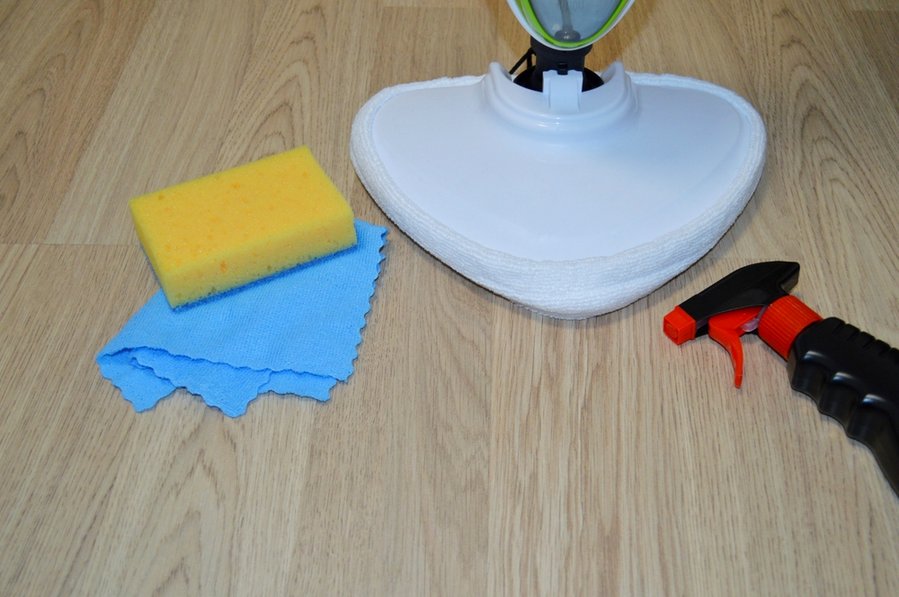
Another reason your flooring may feel slippery is that your floor has built-up cleaning agents embedded in the surface. These cleaners have compounds that can build up over time, creating slick floors.
To remove them, mop your floor with a slightly damp mophead. Use only water to dampen your mop – you don’t want to add any more chemicals to your floor.
Next, dry your flooring with a towel or dry mop. You may repeat this process several times to make your floors feel “normal” again.
Slippery Flooring Can Be Hazardous
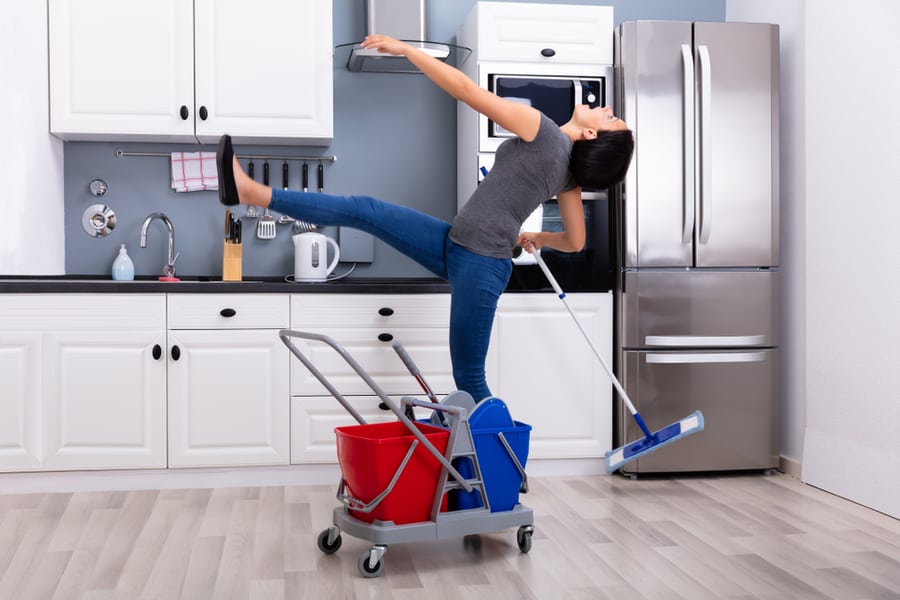
If your floor feels slippery, it’s crucial to determine the cause immediately. Slick floors pose a risk to anyone who comes into your home and to valuable things inside your home.
Older adults are particularly at risk. Humans lose stability, balance, and mobility as they reach their twilight years. Don’t let your slick floors be the reason grandma breaks a hip.
Slippery floors are also hazardous to young children. Much like the elderly, young kids are unstable and lack balance. They are called toddlers for a reason – because they toddle. Young kids also lack the awareness that a floor is wet or slippery.
Maintaining a floor that isn’t slippery helps keep your four-legged friend safe. Pets, like toddlers, don’t have the mental capacity to recognize a wet or slippery floor. Don’t let Fido slide through your home. He could crash into your china cabinet or hurt himself.
Keep your grandparents, children, pets, and fine china safe. Remedy your slick flooring for a safer home.
More Anti-Slip Options
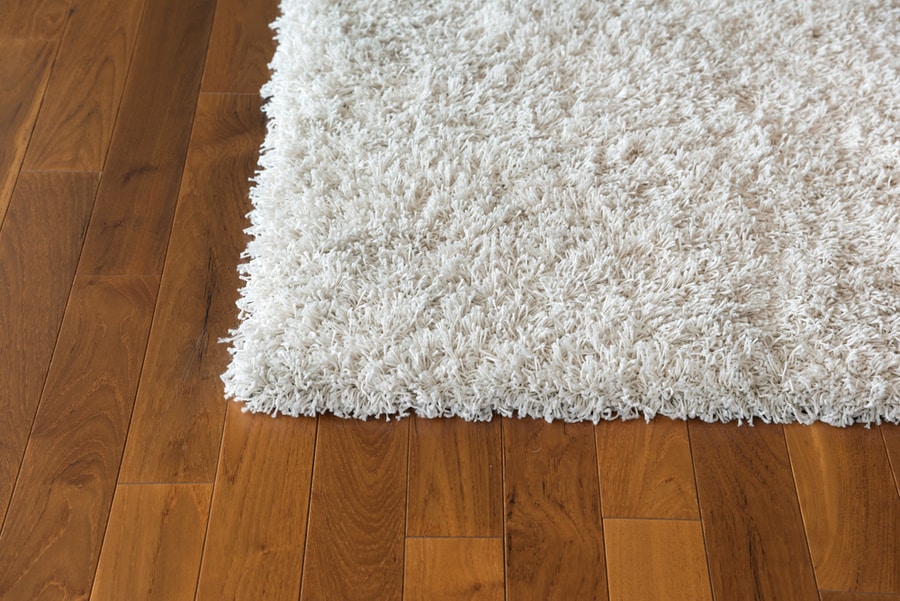
You can do a few other things to deal with your slippery floor.
- Use rugs in high-traffic areas.
- Use doormats at each entry. This helps reduce debris from entering your home.
- Please remove your shoes inside your home, and encourage guests to remove theirs. Debris can get stuck in the soles of shoes and come unstuck inside your home.
Still Slippery?

If your floors are still slippery, there are antiskid treatments available. These are typically water-based urethanes rolled onto a floor and left to dry overnight. They come in various sheens, so your hardwood can have just the right shine.
If none of the above treatments have remedied your slippery floor, it’s time to refinish your flooring. You can attempt this, but it’s likely better to call in a professional.
Sanding, staining, and sealing hardwood floors is a labor-intensive process involving several sealer applications. You can read more about refinishing hardwood floors here.
So Long, Slippery Floors
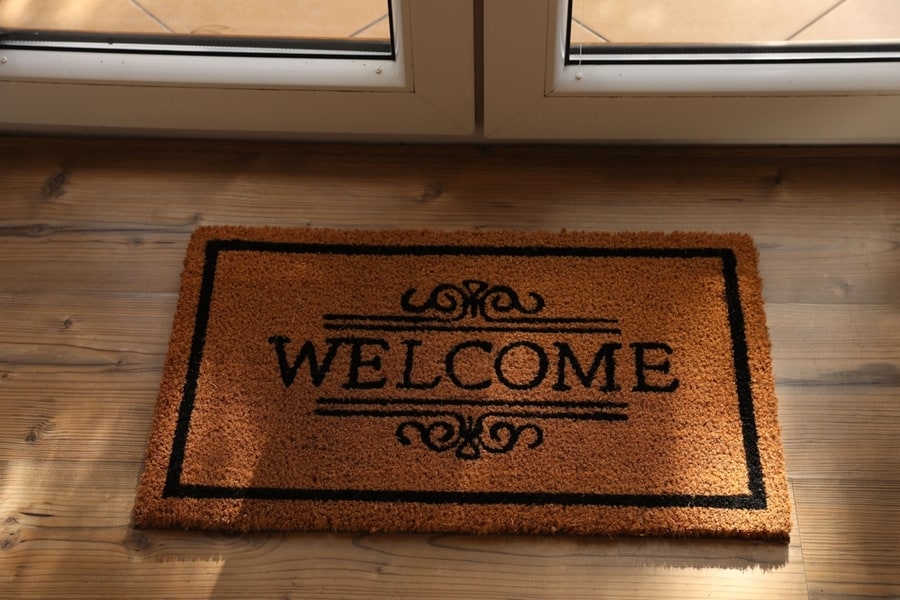
The most likely reason your flooring is slippery is that it needs to be cleaned. Removing debris and ensuring your floor isn’t wet will likely solve your problem.
Treatments like adding rugs to areas with high foot traffic, removing shoes, and adding doormats by doors can also help.
More involved treatments include adding a nonskid treatment to your flooring and having your hardwood floors refinished.
Slippery floors are hazardous. Dealing with them is far less expensive than a bone fracture.
